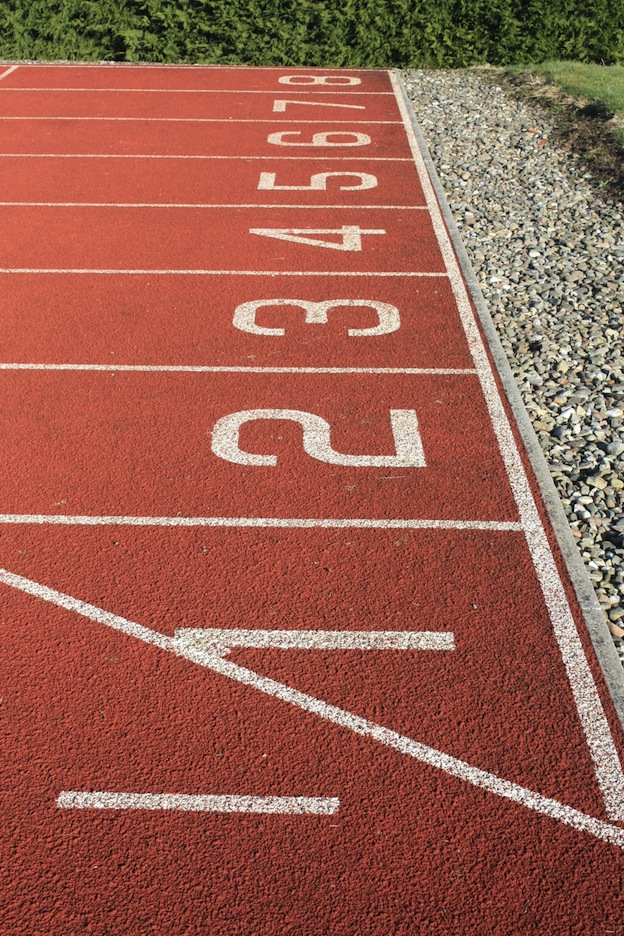SingaporeMotherhood | Parenting
July 2015
Choosing a CCA for your Primary School Child

When I was young, I took up a different CCA every year. These extra after-school classes gave me with opportunities to learn things I would not have been exposed to otherwise, such as book-binding and playing an instrument in a marching band. There was no stress.
[banner][/banner]
According to the Ministry of Education, Co-Curricular Activities (CCAs) are an integral part of our students’ holistic education. Whether in clubs and societies, physical sports, uniformed groups or visual and performing arts groups, participation in CCAs helps children discover their interests and talents and deepens their sense of belonging and responsibility to school, community and eventually nation.
CCAs are not compulsory. However, Primary 3 students (and above) are highly encouraged to join one. Joining a CCA though, is not a simple matter of choosing one that you think you’d like anymore, as I did in the past. These days, you might be expected to perform for the CCA — even before you join. I have heard of students who have been turned away for varied reasons, like not meeting the required standard of ability for a CCA.
A friend’s son was not accepted into the Robotics CCA because of his bad eyesight. This disappointed him to no end, but his mother told him that this is just one rejection, whereas life is full of it, therefore he’d better start learning how to handle it. Wise mom.
Hopefully, with the School-Based Excellence initiative (commonly known as the Niche scheme) being phased out, CCA rejections will be a thing of the past.
Time Well Spent or Time Wasted?
Towards the end of P2, children are advised think seriously about the CCA they are going to take up from P3 onwards. There may be dilemmas, to join or not to join, then to join something you are already good at, or to learn something new.
Melony Soh, a former teacher explains, “(Being in a) CCA allows kids to interact with friends from different age group other than their classmates. It teaches them sportsmanship and other skills not taught in classrooms.”
The mother of two boys aged 8 and 5 is a big believer in the benefits of CCA participation. “It teaches the children about wholesome balance and commitment,” she says. However, she also admits that “it does take a toll on their studies if they are not disciplined”.

Many CCAs are conducted on a twice-weekly basis, two hours each time. That is probably more or about the same amount of time that children spend in tuition or other external non-academic classes.
Even the non-sport CCAs which do not participate in tournaments and matches, are busy. In CCAs like choir or the band, for instance, in addition to the usual twice a week sessions, (depending on the school) there are rehearsals for festivals, competitions, and goodwill performances at hospitals. And when not practicing at school, the children are expected to continue practising at home.
Melony is convinced that this is good practice for time management: “I think the children will carry with them through life, the knowledge and realisation that studies or work should not be the only thing that revolves around their life. They should have a balance.”
Which CCA to Choose?
If the question is should you already be good in it or discovering something new you are curious about then the answer depends on what you and your child hope to achieve through CCA participation.
Melony says, “With the Direct School Admissions (DSA) in mind, kids will join something they can excel in.” However this not always the case. Melony shares: “I have boys who used to be in badminton school team. They went on to secondary school and college and excelled in other sports than what they started with”.
So a CCA can help in sharpening the basic skills for further and more varied developments.
Schools also help in narrowing down the choices. Some schools also organise CCA fairs to let children learn about and try out different types of activities. In most schools, the physical education and aesthetics departments also conduct talent identification exercises as part of the CCA recruitment process.
Through selection try-outs, students with potential to do well in a certain sport or an aesthetic CCA will be identified and invited to join in.
Some sporting skills observed include a child’s ability to hit a shuttle or ball with a racquet or bat, dribble a ball with a floor-ball stick in a straight line and perform a push pass, throw and catch with a medium-sized ball, run with speed, move in time to music, and sing in an accurate pitch. Teachers also do casual assessments during PE and music lessons.
I know of a child who was ‘highly encouraged’ by her Art teacher to join the Art Club because this child was artistically gifted. Unable to refuse her teacher, the girl joined, but does not enjoy her CCA sessions as she finds the classes too basic for her.
There are also children (and parents) who are so keen to make the school team (it’s an honour, after all) that they take external classes in sports (gymnastics, badminton, tennis, bowling and so on) to ensure a place in the CCA group.
Whichever reason it is, do your best not to ‘force’ your child into one that you think she should join. Instead, encourage your child to select a CCA that she will enjoy, or one that she shows an interest in. It could, in the long run, become an activity that your child will nurture on her own, and continue to enjoy for life.
All content from this article, including images, cannot be reproduced without credits or written permission from SingaporeMotherhood.
Follow us on Facebook, Instagram, and Telegram for the latest article and promotion updates.





